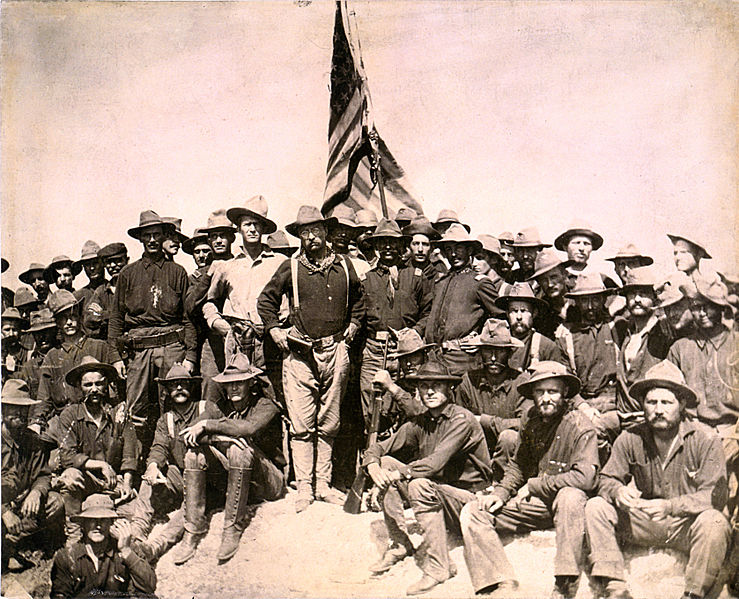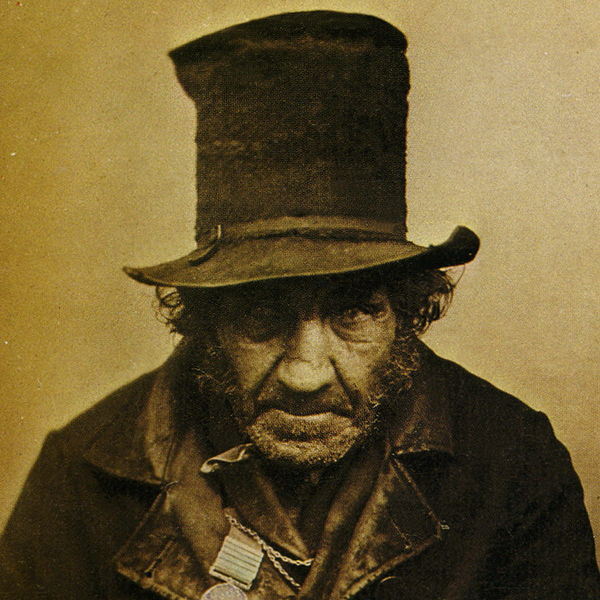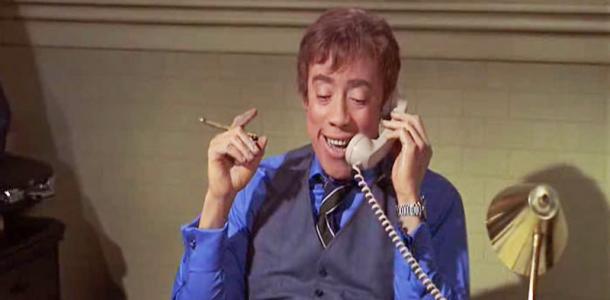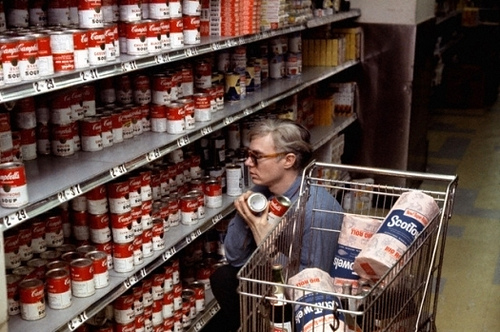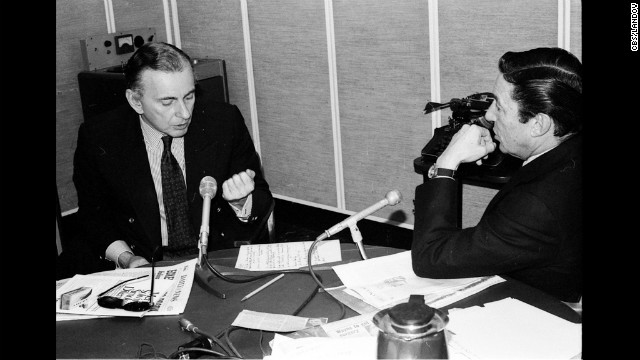I love cities, the more populous the better. More opportunities, less repetition. Or at least the repetition is more anonymous and not quite as galling for that fact. But I doubt even those souls who prefer sprawl will ever live beneath the sea, though some cling fast to such fantasies. From “The Long Ongoing Dream Of Underwater Sea Colonies,” Ben Hellwarth’s new Discover article about waterworlds:
“Finally there is Dennis Chamberland, a NASA engineer who has been trumpeting the cause of aquatic habitats for years. Chamberland leads a private effort to build a prototype underwater community. Though he prefers not to discuss the details with members of the press, his sci-fi-sounding effort, Atlantica Expeditions, calls for a true undersea colony, where ‘families live and work’ and ‘children go to school.’ He says his vision of a high-tech cluster of habitats would deliver ‘a new ocean civilization whose most important purpose will be to continuously monitor and protect the global ocean environment.’
Chamberland’s first expedition, Atlantica 1, planned for the summer of 2014, aims to send three aquanauts on a 100-day underwater mission, longer than any yet recorded, to test ‘systems intended for permanent human residence of the undersea world.’ But most important, he is designing his habitats so they will not require compression diving. ‘Just like a moon base, the permanent facilities of the new world of Aquatica will have a constant, safe, close to Earth-normal living environment with lockout access to the remote and extreme external environment,’ he says. ‘It is a preeminent paradigm shift that allows the frontier to be opened where it was not practical before.'”









